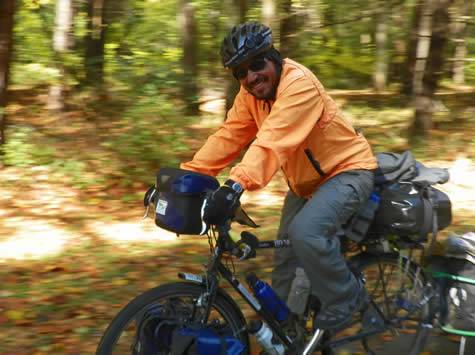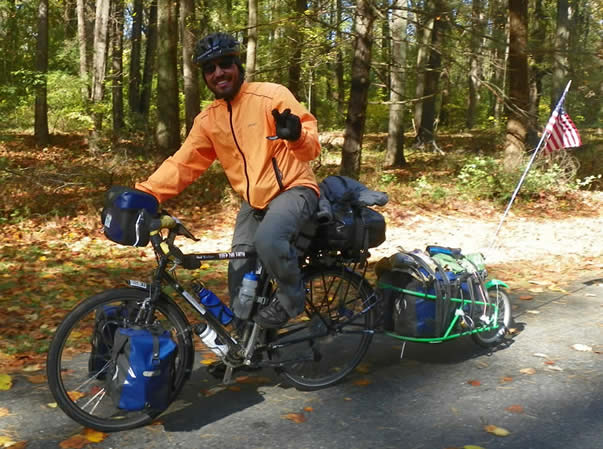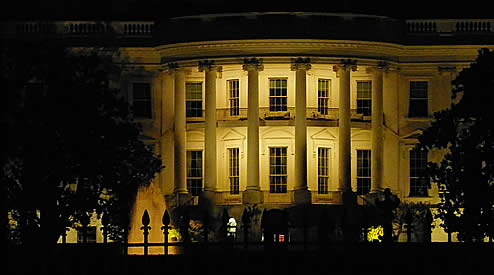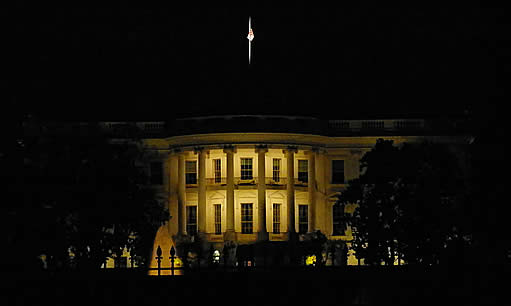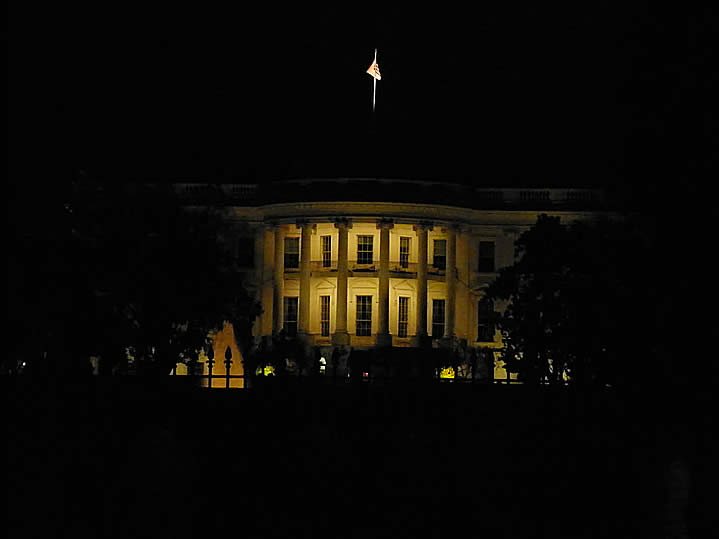the intuitive mind is a sacred gift
and the rational mind is a faithful servant
we have created a society that honors the servant
and has forgotten the gift
al einstein
| Cunningham Falls State Park |
||
 |
there are two ways to be fooled. one is to believe what isn't true; the other is to refuse to accept what is true. soren kierkegaard |
|
the problem with the world is that the fools and fanatics are so certain of themselves and the wiser people full of doubt. |
| Cunningham Falls State Park |
||
 |
Doing as others told me, I was blind. Rumi |
|
| Cunningham Falls State Park |
||
 |
||
A bird doesn't sing because it has an answer, it sings because it has a song.
~Maya Angelou
| Cunningham Falls State Park |
||
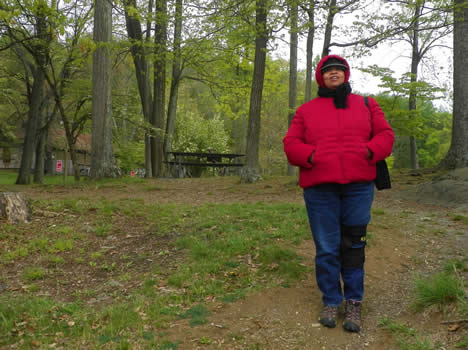 |
"More is a man of an angel's wit and singular learning. I know not his fellow. For where is the man of that gentleness, lowliness and affability? And, as time requireth, a man of marvelous mirth and pastimes, and sometime of as sad gravity. A man for all seasons." -- Robert Whittington (1520), about his friend, Sir Thomas More |
|
| Cunningham Falls State Park |
||
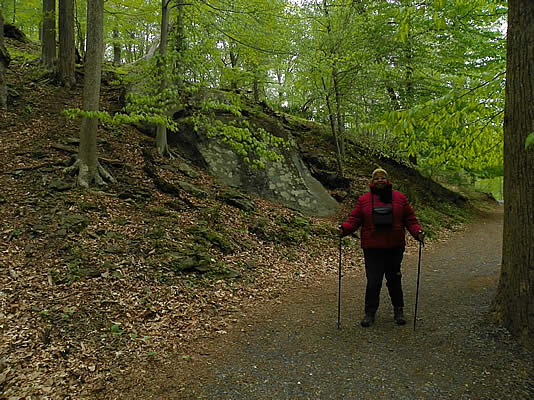 |
i am not what happened to me CARL JUNG |
|
| Cunningham Falls State Park |
||
 |
First they came for the communists, and I didn't speak out because I wasn't a communist. ... Then they came for the trade unionists, and I didn't speak out because I wasn't a trade unionist. Then they came for the Jews, and I didn't speak out because I wasn't a Jew. Then they came for me and there was no one left to speak out for me. Martin Niemöller |
|
| "By recording your dreams and goals on paper, you set in motion the process of becoming the person you most want to be. Put your future in good hands—your own." –Mark Victor Hansen |
| Cunningham Falls State Park |
||
 |
||
Words build, words tear apart, words imprison, words free. By Roy F. Baumeister Ph.D. and John Tierney |
| Cunningham Falls State Park |
||
 |
||
|
Witness the role of willpower in your daily life: From the moment the alarm sounds in the morning, it's only by sheer determination that you rouse yourself from the warm sheets into the still-dark morning. You grit your teeth when the barista takes 6 minutes to fill your coffee order--never mind those $200 shoes you talk yourself out of buying or the fries you force yourself to leave on your plate at lunch. It's no wonder that by the time 6 pm rolls around, you're waging World War III on your husband for forgetting to pick up the milk on his way home. Again. Our lives are full of temptations that tax our self-control and drain our willpower, but a new and growing body of research says you can make it through the day without losing your cool --and it isn't as hard as you think. First, you need to realize that doing anything you don't want to do--suppressing irritation at your mother-in-law, fighting an impulse to do something you shouldn't, completing a task when you want to quit--draws on the same storehouse of willpower. But help is here: According to Roy Baumeister, PhD, director of social psychology at Florida State University, willpower functions like a muscle. It can be fatigued by overuse, but it can also be strengthened to make you more productive, less stressed, and happier. All you need are a few healthy habits to keep your willpower tank on full. |
| Cunningham Falls State Park | ||
 |
1. Play Offense When Dr. Baumeister monitored workers in Germany, he was surprised to find that people spent between 3 and 4 hours per day resisting desires, the most common of which were urges to eat, sleep, take a break from work, and have sex. But Dr. Baumeister also found that people with strong self-control spent less time resisting desires than other people did. At first he was puzzled. If self-control is for resisting desires, why are people who have more of it using it less? Soon the explanation emerged: They're better at proactively arranging their lives to avoid problem situations. These are the folks who take the car to the shop before it breaks down, give themselves enough time to finish a project, and steer clear of all-you-can-eat buffets. They play offense instead of defense--which means they set themselves up so they have a realistic chance of succeeding. 2. Use The Calm Before It Storms You can't control--or even predict--the surprise stresses that come into your life, but you can use peaceful moments to take on the stubborn ones. Quitting smoking, cutting back on drinking, having that talk with your spouse--these are all best done during times of low demand in other parts of your life. So if you're starting a new job, don't quit smoking cold turkey the same month. If your marriage is going through a rough patch, don't try to lose those stubborn 10 pounds. And when you know a stressful spell is upon you--tax season, say, or a big deadline at work--ask yourself: How will I expend my willpower today, this evening, and next week? |
|
3. Don’t Dawdle Procrastination is an almost universal vice--95% of people admit to doing it at least sometimes (and we have no idea who those other 5% are--or whom they're trying to kid). Psychologists have often blamed procrastination on a compulsion to do things perfectly. That sounds right, but Dr. Baumeister and Dianne Tice, PhD, a psychologist at Florida State University, discovered that impulsiveness is more likely behind it. When procrastinators are anxious or bored, they give in to the urge to improve their moods by doing something else. But they're mostly kidding themselves: Eventually, the bill comes due and procrastinators suffer considerably more willpower-depleting stress (and get sick more) than those who work on a schedule. Moral of the story: Bite the bullet and get to work. 4. Always Remember the Basics As you work toward a goal, you might be tempted to let other things go--like regular meals and a good night's sleep. But what you save in time, you ultimately pay for: It's hard to keep up the hard work when you're tired and hungry. So the next time you feel your will to power through begin to flag, grab a handful of almonds or an apple, and remember that getting your rest is just as important as nutrition when it comes to willpower. |
||
| Cunningham Falls State Park | ||
 |
5. Put It In Writing Keeping track of your progress is crucial for staying on board with any plan. It offers immediate encouragement, and on days when you falter, you can look back at your log for a mental pick-me-up--instead of writing yourself off as a lost cause. Gaining a couple of pounds this week isn't so discouraging if you have a chart showing a line sloping downward for the past 6 months. 6. Reward Yourself Well and Often Incentives can work wonders. Journalist Esther Dyson--a disciplined daily swimmer--likes to tell how after years of failing to floss regularly, she was finally struck by the right incentive: If she flossed her teeth, she would permit herself to swim 5 fewer minutes the following day. That was 4 years ago, and she has flossed every night since. "Everybody needs to find their own little thing," she says. What's yours? |
|
Adapted from Willpower: Rediscovering the Greatest Human Strength, by psychologist Roy F. Baumeister, PhD, and New York Times journalist John Tierney. It is out now, from the Penguin Press ($28) |
||
| Cunningham Falls State Park | ||
 |
|
|
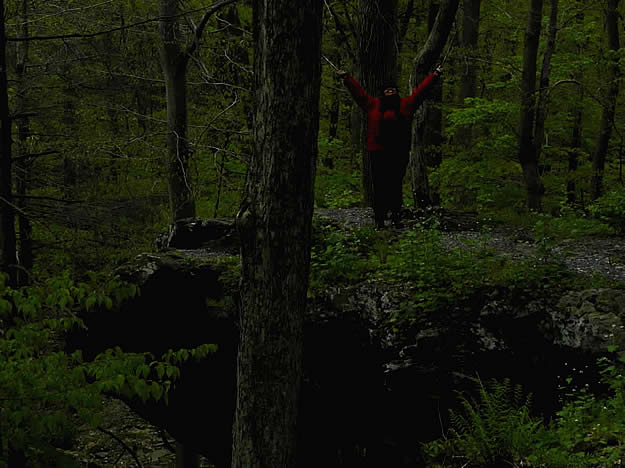 |
||
 |
||
 |
New beech tree leaves in spring | |
 |
||
 |
||
 |
||
|
||
Five myths about white people
By Charles Murray, Published: February 10, 2012 Washington Post
For decades, trends in American life have usually been analyzed through the prism of race, with white Americans serving as the reference point — comparing black unemployment with white unemployment, for instance, or the percentage of Latino high school students who go on to college compared with white students. Those comparisons are illuminating, but they neglect how that reference point itself is changing. Our understanding of white America is subject to a number of outdated assumptions that need rethinking.
1. Working-class whites are more religious than upper-class whites.
This is a pervasive misconception encouraged by liberals who conflate the religious right with the working class, and by conservative evangelicals who inveigh against the godless ruling class.
Certainly, white intellectual elites have become extremely secular. However, as a whole, the white upper middle class has long displayed higher attendance at worship services and stronger allegiance to their religious faith than the white working class — going all the way back to the first data collected in the 1920s and continuing today.
Since the early 1970s, white America has become more secular overall, but the drop has been much greater in the working classes.As of the 2000s, the General Social Survey indicates, nearly 32 percent of upper-middle-class whites ages 30 to 49 attended church regularly, compared with 17 percent of the white working class in the same age group.
2. Elite colleges are bastions of white upper-middle-class privilege.
It’s common to assume that upper-middle-class white kids win more slots in top universities than middle-class or working-class students not because they’re smarter, but because their parents can afford to send them to the best grade schools and high schools, pay for SAT prep courses, or make hefty donations to colleges.
There are two problems with this logic. First, ever since the landmark Coleman Report on educational equality back in 1966, scholars have had a hard time demonstrating that attending fancy elementary and secondary schools raises students’ academic performance. And on average, those highly touted test-preparation courses boost students’ SAT scores by only a few dozen points — a finding consistent across rigorous studies of test-prep programs.
Second, educational attainment is correlated with intelligence. (The mean IQ of white Americans with just a high school diploma is about 99; the mean IQ of whites with a professional degree is about 125.) And children’s IQ is tied to that of their parents. How genes and environment conspire to produce these relationships is irrelevant; the relationships have been stable for decades. As a result, white parents with advanced educations — who are also generally affluent — inevitably account for a disproportionate number of the white kids with the highest SAT scores, best grades and other evidence of academic excellence.
If college admission were purely meritocratic — eliminating favoritism for the children of alumni, celebrities and big donors — upper-middle-class children would still be overrepresented. That’s because the applicants who would be accepted instead would also hail overwhelmingly from the upper middle class.
3. Marriage is breaking down throughout white America.
Overall marriage rates are indeed declining in the United States: Just over half of American adults are married, compared with 72 percent in 1960. However, among white Americans, there is a sharp class divide on marriage.
The share of upper-middle-class whites ages 30 to 49 who are married has been steady since 1984, hovering around 84 percent. During that same period, marriage for working-class whites in the same age group has fallen from 70 percent to 48 percent. This is not a statistical artifact that can be explained by class differences in the age of marriage or the frequency of remarriage, nor by hard economic times for the working class. Marriage now constitutes a cultural fault line dividing the socioeconomic classes among white Americans.
4. White working-class men have a strong work ethic.
They used to, but not so much anymore. In 1968, 97 percent of white males ages 30 to 49 who had at most a high school diploma were in the labor force — meaning they either had a job or were actively seeking work. By March 2008 (before the Great Recession), that number had dropped to 88 percent. That means almost one out of eight white working-class men in the prime of life is not even looking for a job. This is not just an issue of “discouraged workers”; this rate of labor force dropouts rose in the boom years of the 1980s, 1990s and 2000s as rapidly as it did in years of recession.
Among white males ages 30 to 49 who do have blue-collar or low-level service jobs, fewer work full time. The percentage of them who worked less than than 40 hours a week increased from 10 percent in 1960 to 20 percent in 2008, rising in good and bad economic times alike.
Time-use surveys have further documented shifting behavior among unemployed men. In the early 2000s, compared with 1985, such men spent less time on job searches, education and training, household work, or civic and religious activities — and more time watching TV and sleeping.
5. White Americans are yesterday’s news.
You don’t need to see a young black family in the White House to understand that American demographics are changing. In the 2010 census, non-Latino whites made up 64 percent of the population, down from 69 percent in 2000, 76 percent in 1990 and 80 percent in 1980. In 2011, non-Latino whites for the first time constituted a minority of children under age 2 — the harbinger of a nation in which whites will be a minority. That’s no myth.
Yet, 45 of 50 governors and 96 of 100 U.S. senators were still non-Latino whites in 2010. Whites also were 92 percent of the directors nominated for Academy Awards between 2000 and 2011. They were 96 percent of Fortune 500 chief executives in 2011. The numbers are similar for other influential positions in U.S. society. At least for now, the rhetoric about the fading role of whites in American life outruns reality.






